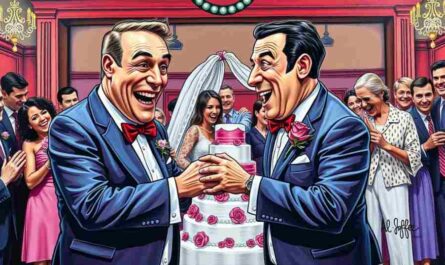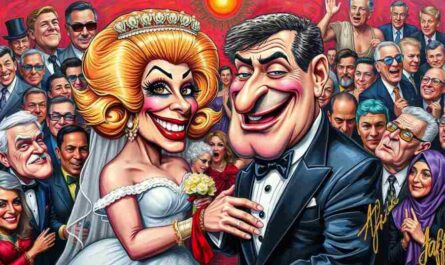Epiphany comes too late, wallets too empty
Former NFT investor Derek Williamson experienced what psychologists are calling “a devastating moment of clarity” last Tuesday when he realized that art’s value isn’t determined by blockchain receipts and that he’d spent $340,000 on JPEGs of cartoon apes that nobody wants anymore. The revelation came while Williamson attempted to sell his collection to fund actual expenses like “rent” and “food.”
“I spent three years telling people that physical art was obsolete and that NFTs represented the future of artistic expression,” Williamson explained from his studio apartment, which he’s subletting because he can’t afford his previous place. “Turns out I was just a person with too much disposable income and not enough understanding of art history. Who knew?”
Williamson’s collection includes 47 NFTs he purchased during the 2021-2022 boom, including several “blue-chip” pieces he bought for prices that now seem hallucinatory. His crown jewel was a Bored Ape Yacht Club NFT purchased for $280,000 that’s currently listed for $12,000 with zero offers. “I could have bought an actual painting by an actual artist,” Williamson reflected. “Instead, I bought a receipt proving I own a link to a picture of an ape wearing sunglasses. I’m beginning to think this wasn’t a sound investment strategy.”
The NFT market’s collapse has left thousands of collectors like Williamson holding worthless digital assets and expensive lessons about speculative bubbles. “We convinced ourselves we were patrons of the arts,” Williamson said. “But actual art patrons support artists. We were just gamblers who convinced ourselves that speculation equals appreciation. There’s a difference, and I paid $340,000 to learn it.”
Art historian Dr. Patricia Chen has been tracking the NFT phenomenon with a mixture of fascination and horror. “For centuries, art has been valued for its aesthetic qualities, cultural significance, and ability to communicate human experience,” Chen explained. “Then NFTs came along and said ‘what if we removed all of that and just made it about money?’ It was the most honest distillation of late-stage capitalism, and people bought itliterally.”
Williamson’s epiphany deepened when he visited a physical art museum for the first time in years. “I stood in front of a Rothko painting and just… felt something,” he recalled. “Not because I owned it or because I could flip it for profit, but because it was beautiful and moving. Then I remembered I’d spent the price of a house on images of cartoon animals and I had to sit down.”
The former NFT enthusiast is now attempting to liquidate his collection, with little success. His listings on various marketplaces have garnered responses like “lol no” and “you paid how much?” One potential buyer offered him $300 for his entire collection, calling it a “pity purchase.” Williamson declined, clinging to the hope that the market might recover, demonstrating that while he’s had an epiphany about art, he’s still working through understanding sunk costs.
Other NFT collectors have responded to Williamson’s public recanting with accusations of “paper hands” and “FUD spreading,” though several have privately admitted similar doubts. “We’re all trapped in this collective delusion,” one anonymous collector confessed. “We know these things are worthless, but if we admit it, we have to confront how much money we wasted. It’s easier to keep pretending and hoping a greater fool comes along.”
Williamson now spends his time visiting actual galleries, supporting living artists with commissions, and warning others about the dangers of treating art as purely financial instruments. “Art should make you feel something besides ‘I hope this appreciates in value,'” he’s learned. “Real art challenges you, moves you, makes you think. My NFTs just made me broke and slightly embarrassed.” He’s written a blog post about his experience that’s gone viral, titled “I Spent Six Figures on JPEGs and All I Got Was This Devastating Understanding of Market Manipulation.”
SOURCE: https://bohiney.com/nft-collector-discovers-art-was-never-about-money-too-late/
SOURCE: NFT Collector Discovers Art Was Never About Money (https://bohiney.com/nft-collector-discovers-art-was-never-about-money-too-late/)




